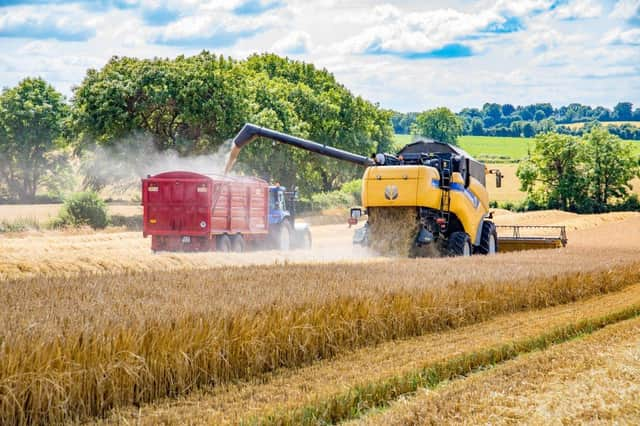Funds will continue to drive grain prices going forward


The hedge funds which were short by around 50 million tonnes moved to correct his position with corn markets the major beneficiary.
This was largely driven by concerns over the effects of recent storms across the mid - west region and crop surveys showing lower acreages in good or excellent condition.
Advertisement
Advertisement
Chinese demand is also a factor and substantial tonnages of US corn and soya beans continue to cross the Pacific.
Some signs of post Covid recovery can be seen however with crude oil prices up to $46 per barrel and increased demand for ocean freight.
Closer to home projected yield reductions in the Western European grain harvest are countered by expectations of an increase in the Russian crop.
The anticipated 5 million tonne reduction in the GB wheat crop has already been factored into the market some weeks ago and local traders have looked to shipments from Denmark and the Baltic region for the bulk of the 1/2 million tonnes of feed wheat required by Northern Ireland’s livestock producers.
Advertisement
Advertisement
Barley has gained some support as a replacement for wheat in Great Britain but still trades at a substantial discount to wheat.
Maize continues to the best value cereal - trading at around the same price as barley – it will maintain its position as the highest volume feed ingredient used in Northern Ireland with the Black Sea, Canada and Brazil the likely origins for this winter’s supply.
Massive uncertainty remains as to what trading arrangements will apply from January 2021 when Great Britain is finally separated from the EU.
The position of Northern Ireland in relation to trade with the rest of the UK remains to be clarified and importing companies are in limbo in the absence of detail on future tariffs and SPS requirements - with the result that no business is being done beyond the end of the year in a number of commodities.
Advertisement
Advertisement
Turning to proteins, in South America the Brazilian farmers have been enthusiastic sellers with the soya crop largely shipped and the Chinese buyers turning their attention to the US.
The ongoing economic woes in Argentina have virtually paralysed trade in that country as farmers refuse to sell their crops for a currency which is devaluing at around 3% per month.